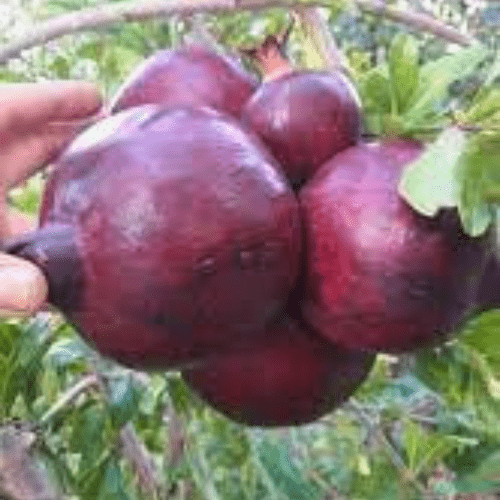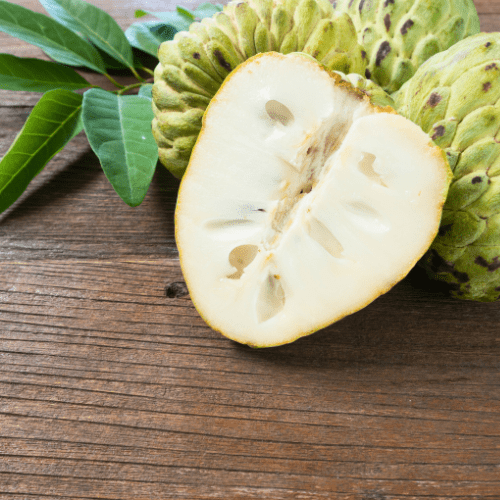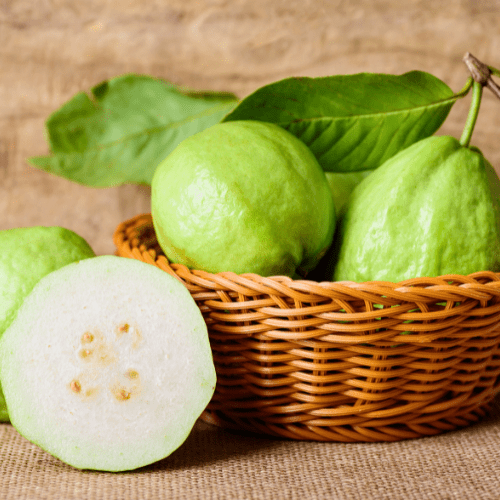Position
Full Sun. Tropical shrub so needs to be covered in colder areas in winter.
Soil
The Senna plant thrives in well-drained soil and is known to tolerate sandy, loamy, or clay soil.
Watering
Moderate watering until established. Drought tolerant. Water sparingly in winter.
Mulching
Add a thick layer of pine bark mulch, keeping it about 20 to 30 centimetres away from the tree trunk (any closer may cause excess moisture and damage the trunk). This will retain the moisture in the soil and will prevent weeds from taking over.
Fertilizing
Apply 1 teaspoon every 4-5 months of our slow-release all-plant fertiliser. The roots will absorb what they need.
Pruning
Prune in winter (dormant season) to remove dead wood and shape the tree. Typically grows to 3 meters tall, but can be pruned to remain compact for smaller gardens or pots.
Train as an open centre (vase shape) by cutting any branches growing inwards for good light penetration and air circulation.
Pests & Diseases
Common poests include, aphids, spider mites and caterpillars. Inspect regularly for signs of infestation, discoloured or damaged leaves, sticky residue or spider webbing.
Preferably use preventative measures by spraying with agricultural Neem Oil or Effective Microorganisms (EM Control)
Practice good garden hygiene (remove fallen fruit and leaves)






